What Are the Types of Excavators?
The excavator has a variety of configurations to meet different project requirements. Some types of excavators are more suitable for heavy operations, while others provide accurate soil extraction or efficient digging and trenching. The various types of excavators available mean that you can always find the perfect machine for your work site and application. The followings are the most common types of excavators and their best uses.
1. Standard excavator
A standard excavator is connected with a moving arm, a bucket rod, and a bucket at the front of the machine. The bucket arm is extended and lowered to dig soil or other material and then retracted to the machine to lift the material. The excavator cab can be rotated 360 degrees, making it easy for the operator to dig, move and dump objects such as gravel or soil while the machine is still. Standard excavators, also known as crawler excavators, operate on two parallel tracks and provide traction in sloping or hilly landscapes. The crawler excavator also provides low ground pressure, which is very suitable for soft terrain.
Standard excavators come in a variety of sizes, from small excavators suitable for narrow operation sites to large excavators designed for heavy applications. The moving arms and arms of standard bucket excavators are also available in different sizes and lengths to handle a variety of tasks, including digging, trenching, moving debris, hauling heavy objects, and dismantling structures. Standard excavators can be used in construction, landscaping, mining, agriculture, forestry, and other industries that need excavation.
2. Wheel excavator
The wheeled excavator is a variant of the standard excavator, which runs on wheels rather than tracks. These excavators can accomplish the same tasks as traditional excavators, but they are most suitable for working sites with hard terrain such as asphalt or concrete. Because of their high ground pressure and low traction, wheeled excavators are not suitable for soft soil sites or hills or sloping landscapes.
When working on a flat construction site, wheeled excavators provide easy mobility and faster speed to transport materials to dump trucks. Another benefit of wheel excavators is that your workers can drive them to and from the work site instead of towing them in a trailer, saving your company time and money.
3. Long arm excavator
The long arm excavator is another variant of the standard excavator with lengthened moving arms and bucket rods. These crawler excavators provide a longer working range and can handle large operations quickly and efficiently. Long-arm excavators are popular in situations where accurate demolition tasks are required or when destructive balls cannot be used. Long-arm excavators can also dig in hard-to-reach areas, such as along water bodies.
Additional reading:
Air-Cooled Screw Condensing Units
What Is an Excavator Vs Backhoe?
How Does an Induction Brazing Machine Work?
Unparalleled Benefits of 5D Car Mat Hot Press Moulds
Revolutionizing Manufacturing: The Automatic EPS Shape Molding Machine
What is The Life Expectancy of a Fiberglass Water Tank?
Carton Clamp: Is it the Ultimate Solution for Efficient Warehouse Management?
4. Dragline excavator
Dragline excavators, also called draglines, are heavy-duty machines used for large-scale applications such as strip-mining and canal dredging. Dragline excavators use a bucket system to excavate materials by dragging the bucket along the material’s surface using wire ropes and chains. The bucket dangles from a boom and gets lifted using a hoist rope after excavating the materials. To dump the contents, the dragline excavator rotates to the dump location and then releases the bucket. Dragline excavators are most often useful for surface mining and a variety of large civil engineering projects.
5. Backhoe excavator
Backhoe excavator is another kind of equipment that is almost ubiquitous in construction, landscaping and mining. Often confused with standard excavators, backhoe excavators are backhoe loaders with excavator arm accessories on the back of the machine. In front of the backhoe is a large bucket or blade used to push, level and move soil and other materials. The excavator arm at the back of the backhoe has the same function as a standard excavator, except that the backhoe does not rotate 360 degrees, but can only rotate 200 degrees.
One advantage of choosing a backhoe with excavator accessories instead of a standard excavator is that the backhoe is a very versatile machine. In addition to accomplishing many of the same excavation tasks as traditional excavators, backhoe excavators can also flatten and grade the soil and move more materials quickly. Backhoe loaders can also be attached with many other working tools to further expand their capabilities.
6. Hydraulic shovels
Hydraulic shovels, also called power shovels, are heavy-duty machines designed for mining and other intense digging tasks. These powerful machines have a lifting arm and large bucket to haul rocks, minerals, soil and other heavy materials. Hydraulic shovels can be oriented in the same way as standard excavators, with the bucket facing toward the machine’s cab, or can have a bucket that faces away from the cab.
7. Suction excavator
Suction excavator is a less common type of excavator that can accurately loosen and remove soil. These excavators use high-pressure water to loosen the material and soil, and then use straws to remove them. The edge of the pipe also contains sharp teeth that can be further broken when the material is removed. Because these excavators can accurately remove materials, they are usually suitable for situations where materials need to be removed carefully and safely without damaging underground components.
These different types of excavators can increase your productivity in any digging, trenching, or digging project. In this article, we will focus on crawler and wheeled excavators because they are standard excavators for all kinds of work.
Vicgordan offers reliable, affordable excavators and equipment and excellent service. If you have any questions, please do not hesitate to contact us.
Differences Between Thrust Spherical Roller Bearings and Other Bearing Types
Should you choose an automated truck cleaning system?
What are 5 operations that can be performed on a CNC lathe?
EPE Foam Sheet Extrusion Machine: Advancements in Foam Packaging Production
Synchronous vs. Asynchronous Motors: Which Is Best for Your Application?
Chilled Water Systems for Data Centers: Ensuring 24/7 Reliability
What is a Roll Wrapping Machine used for?
Previous: Electric Wheel Loader Applications
Next: Unlocking Efficiency and Precision with Handheld Fiber Laser Welding Machines
Related Articles
If you are interested in sending in a Guest Blogger Submission,welcome to write for us!




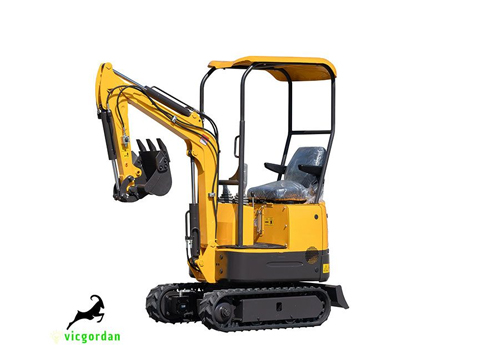
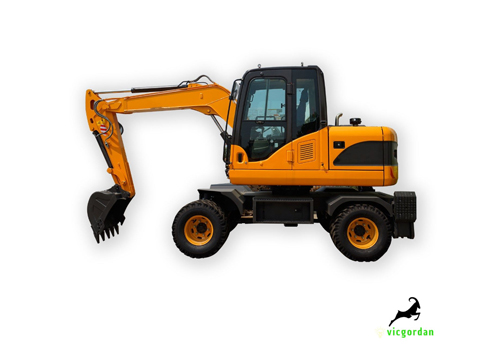
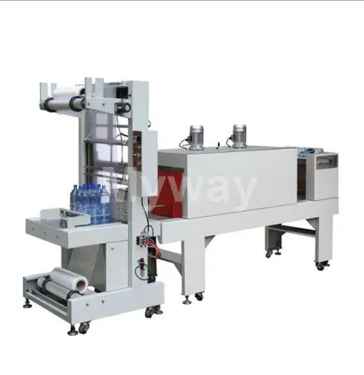
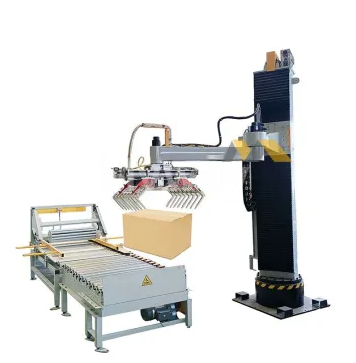
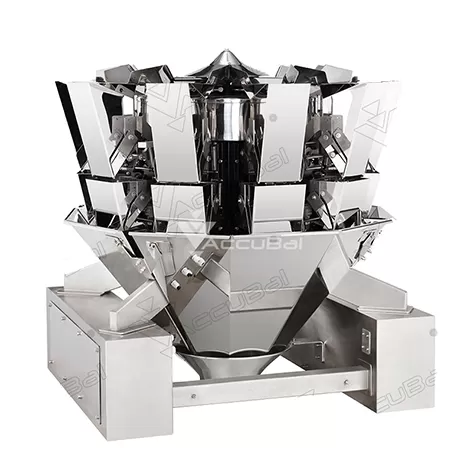
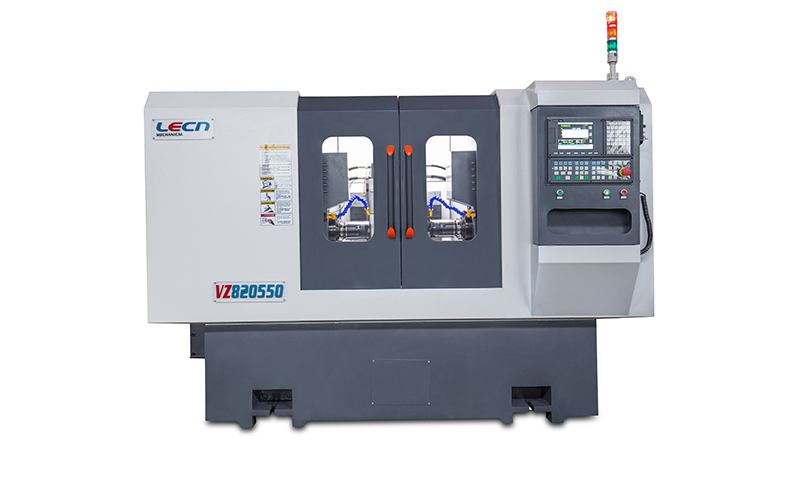

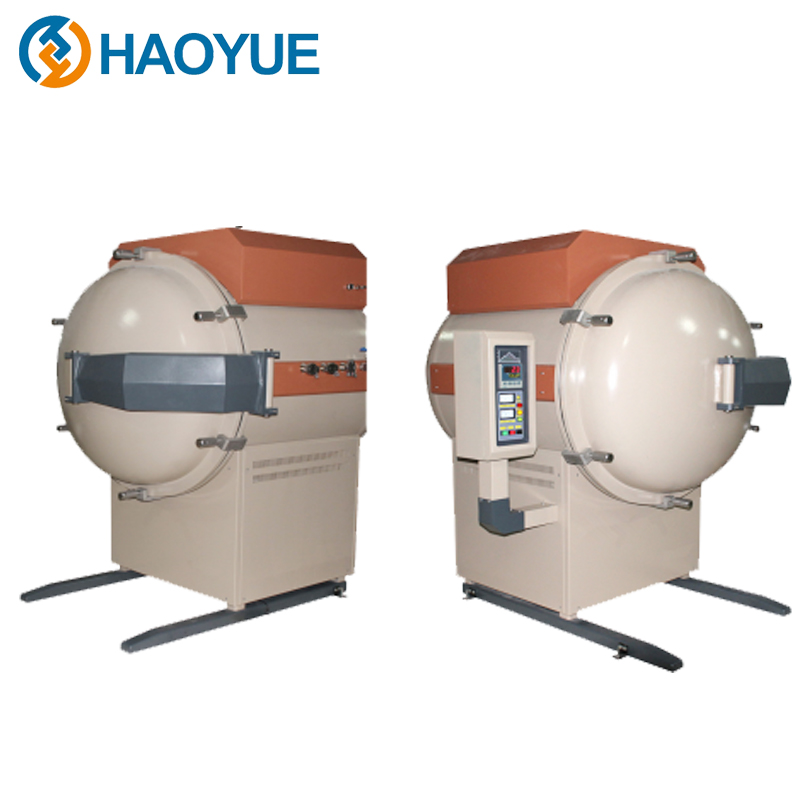
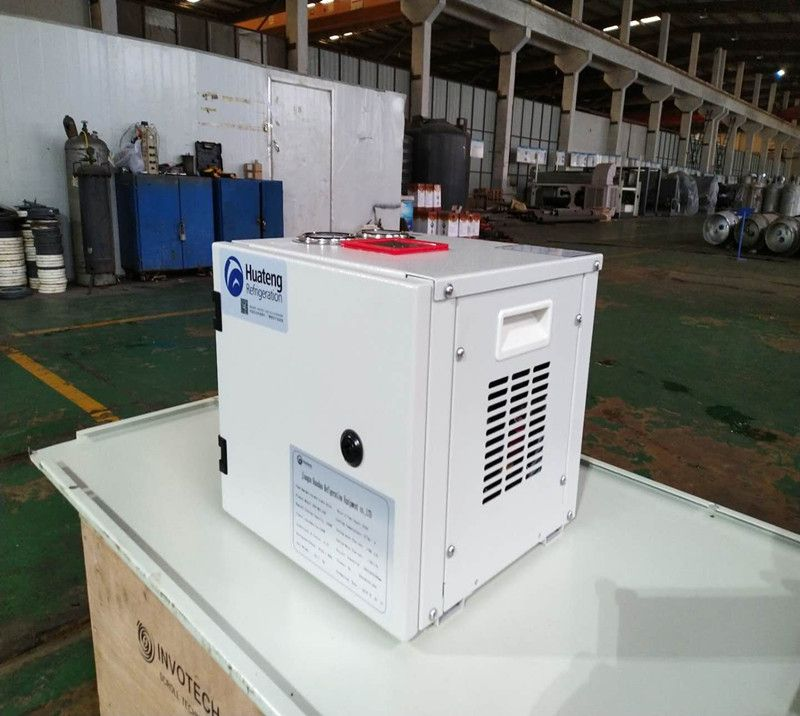

Comments
0